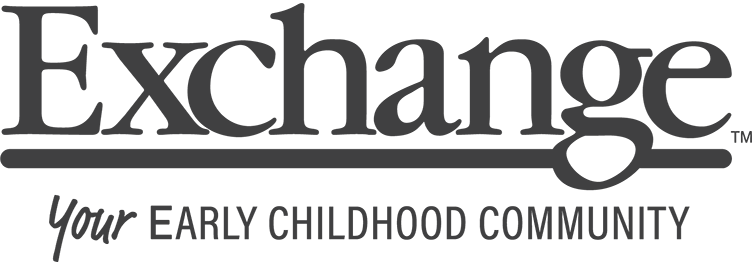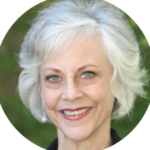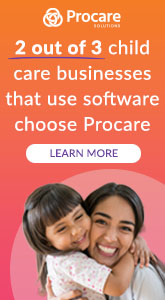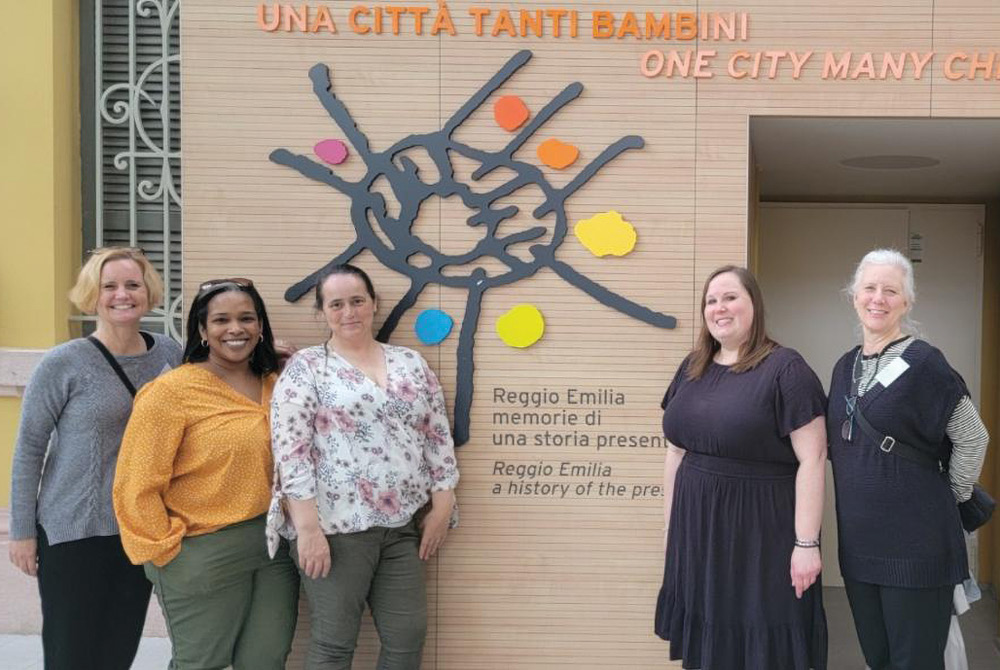Nowadays we all know one thing for certain… nothing is certain. In the context of a world in pandemic and a global warming crisis, our country is also suffering from racial inequity, social strife and political discontent. Experiencing separation between people and systemic inequity requires each of us to access our inner bearing and navigate toward making personal choices that empower. In addition to the overarching worldwide chaos, many are also experiencing inescapable discomfort because our individual and social foundational values, historic attitudes, and unexamined biases are being exposed and tested by new demands and different perspectives. This flood of change is unsettling our sense of well-being, interrupting typical routines, and challenging familiar supports. For these reasons, it is important to turn within to find a calm that allows access to a higher perspective; a new and different viewpoint. Guided by an inner compass, rather than defaulting to disempowering thoughts that lead to fear and worry, we can all nurture and draw on personal qualities to intentionally navigate through challenges toward hope and possibility.
Today’s reality can feel bleak and overwhelming if we choose to look through a hazy, discouraging lens. Now is exactly when we most need to gather our inner grit, heart, compassion and flexibility in order to respond to situations with intention and possibility, rather than reacting from fear in a familiar and habitual manner. Perhaps we have become numb to the status quo of life and need to wake up—kind of like when our foot falls asleep. It is important to be aware that, as circulation returns to the sleeping appendage, and as we notice the need to shift perspective and change awareness, the subsequent awakening is often uncomfortable—a sense of emotional pins and needles.
These complex issues may be felt as a nudge or, perhaps, a hard shove, requiring each of us to focus our attention and become more self-aware. Some of us have been aware and frustrated. Many others are just beginning to see the systemic inequity and injustice in the treatment of people, especially people of color, causing us as a society to reexamine what it means to care for the people in our families, programs and communities, while also safeguarding our own families and communities. These concurrent issues require us to adapt responsively and make intentional choices about who we want to be as individuals and what we will do moving forward. For each individual person, lasting change happens one small choice, one tiny step, one little stretch at a time. Small changes require patience and compassion for one another, and for ourselves, because to really look inside our hearts, to honestly see what feelings and thoughts need examination and possible modification, requires fortitude, courage and self-compassion. These seemingly small changes accumulate over time, impacting all of us.
According to Francois Fenelon, the light shining on that which is hidden in the “depths of our heart” is truly an awakening that offers hope. After all, we cannot change what we do not see. Fenelon encourages that waking up our awareness to “see,” even though it comes with discomfort, is not only essential for enduring change, but also the indicator that change has begun.
ADVERTISEMENT
When the Cure Begins
“As light increases, we see ourselves to be worse than we thought.
“We are amazed at our former blindness as we see issuing forth from the depths of our heart a whole swarm of shameful feelings, like filthy reptiles crawling out from a hidden cave.
“We never could have believed that we had harbored such things and we stand aghast as we watch them gradually appear.
“But, while our faults diminish, the light by which we see them waxes brighter and we are filled with horror.
“Bear in mind, for your comfort, that we only truly perceive the depth of our malady when the cure begins.”
— François Fénelon,
Archbishop of Cambrai, 1651-1715
Now is the time to witness our current disempowering thoughts and behaviors—our “malady”—and reframe them to begin the “cure.” Now is the time to leverage individual choices to make authentic personal and lasting social change. The choices we make matter. Imagine what the next generation, today’s young children, might accomplish if each one of us could model how to move forward with awareness and grit, in the face of discomfort, to generate future possibilities.
But how do we let go of emotional reactions, such as giving up in fear and frustration, to instead cultivate the inner qualities needed to push forward with possibility? How do we facilitate change and meaningful learning in ourselves and others? How do we commit to embracing quality and equity for all children, families and educators in our current cultural circumstances? These are big questions, for which there are no quick fixes. We do need an ideal to work toward, a clear vision of what high-quality and equitable early childhood experiences feel like and include. We also need to practice tolerance and flexibility, along with a willingness to experiment, research and learn from trial and error about what helps and hinders progress toward realizing this vision. As whole human beings with overlapping personal and professional identities, how we situate ourselves in our hearts and attitudes makes a profound difference in our ability to positively impact the growth and development of ourselves and other early childhood educators.
Embracing a design-thinking approach, rather than relying on ineffective procedures or familiar approaches, is important to innovating solutions that meet diverse needs. Design thinking facilitates possibility thinking, ideation, considering a variety of options, and even embracing “unicorn thinking”—wild ideas that might not seem realistic—all necessary elements for thoughtful change. Thinking we have the answers, or that we are supposed to have the answers, is more of a hindrance than a help. Instead, asking deep, meaningful questions in the face of the unknown, is more likely to inspire creative thinking.
For example, when engineers set their minds to building something, perhaps a suspension bridge, they do not come up with one immediately correct design and build it. They engage in exploration, ideation and a process of considering various design options. Then, they build a variety of prototypes or models of the different ideas. They experiment, test and play with those models and then thoughtfully review, consider and evaluate which designs and elements work best for the bridge they need to build. They purposely make a lot of mistakes to find viable solutions that align with their intended outcome.
An engineer once told us that he and his colleagues do not find right answers; instead, they intentionally choose the best option given the circumstances. Taking a lesson from the design-thinking world of engineering, perhaps we need to increase our stamina, grit and tolerance for not having a right or quick answer, in order to better expand our curiosity and sense of wonder. Perhaps rather than prematurely scrambling after the right answers, something that we as educators often default to doing, we can focus on asking meaningful questions and exploring options. Perhaps we, as early childhood professionals, need to strengthen our ability to endure the discomfort of our own learning, fail forward with the intention of discovery, and embrace our human imperfections and vulnerability with grace and acceptance. Is this not what we want to model and hope to teach the next generation?
It takes grit to muster the internal stamina to achieve goals that take time and intention to accomplish, and it takes passion to reach for new outcomes. Grit does not require a high IQ or good grades, because it is not about intelligence or cognition. Instead, it is about heart and a desire to move forward. It takes courage and inner strength to be flexible and adapt to changing demands and circumstances. Grit is about tolerating the discomfort, facing challenging circumstances, not letting fear stop us, and staying open so we can change and adapt as needed. Open-minded vulnerability helps us trust internal nudges from the heart. It takes grit to be open and vulnerable, a true sign of inner strength.
Current external circumstances, such as the COVID-19 pandemic and increased exposure of racial inequities, are demanding that we reinvent what equitable high-quality care and education for all children looks like in both virtual and in-person environments. How we respond to these circumstances, and so many others, is a critical personal choice. The choices we make matter. Will we change and learn with grit, trust, stamina, risk-tolerance and connection; or, will we hold on to the familiar resistance born of fear, anxiety, bias or the need to be right?
Now is the time to reframe our thinking and recognize that an expectation of compliance without critical examination will rarely inspire transformational change. People do not truly change unless they are internally motivated to do so. Consider what we really want for children, families and early childhood professionals. Now is the time for each early childhood educator to be bold, to recall what brought you to the field in the first place, to rekindle your heart’s desire by exploring what will inspire you to change, stretch and examine values, attitudes and biases you may not have seen before—to tolerate the pins and needles of your awakening consciousness.
This type of individual transformation (awakening, seeing, feeling, intentionally responding), is like an ongoing marathon in a direction determined by your heart. It is not a sprint. Alvin Toffler states, “The illiterate of the 21st century will not be those who cannot read and write, but those who cannot learn, unlearn and relearn.”
We have little or no control over the external circumstances we are enduring, but we do have control over how we respond. We can reframe our focus toward learning how to change and learn, rather than just focusing on what to change and only seeking right answers. We can each make choices to promote individual growth and possibility, even in the face of discomfort, and in doing so model courage, compassion and vulnerability. We can become “change agents” supporting others to reflect and make choices to navigate their personal journey to achieve desired outcomes using systemic approaches. We can help people think critically about what they do, to examine their actions in the light of their intentions, to build on what is working, and take initiative to make improvements.
Every person can reframe emotionally based reactions into intentional responses by embracing grit, inquiry and the willingness to expand their awareness. Everyone can look after their own needs in uncertain times, while also treating others with respect and care. Every human counts. Every choice matters. Now that we better see “our malady,” each one of us can become part of “the cure.”
As John Lewis said, “Do not get lost in a sea of despair. Be hopeful, be optimistic. Our struggle is not the struggle of a day, a week, a month, a year, it is the struggle of a lifetime…” Now is the time to commit to and invest in “the cure”—with each tiny step and small choice we make, we model how to change with intention and compassion for the next generation.
Related
ADVERTISEMENT












